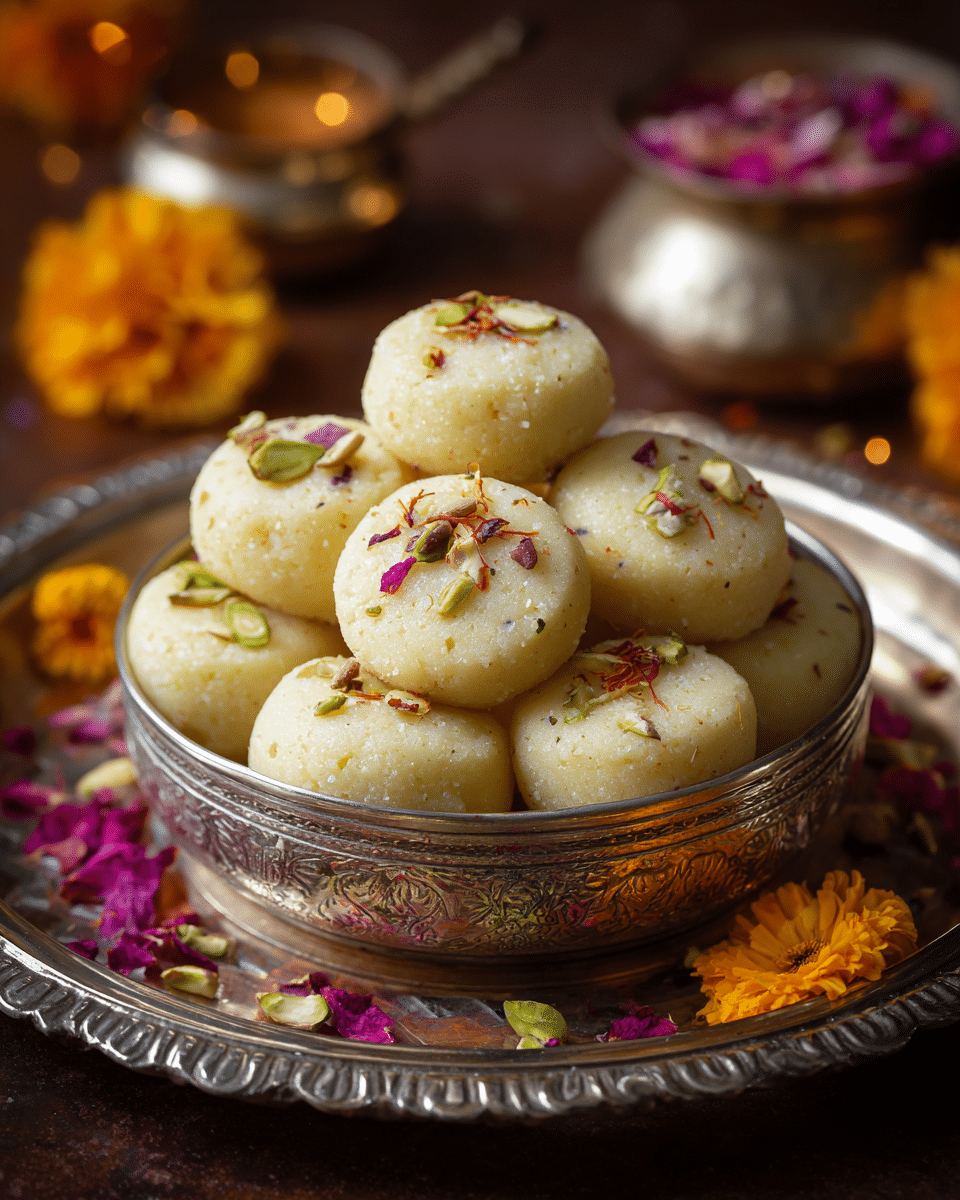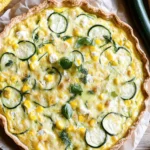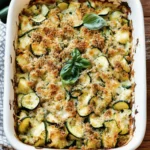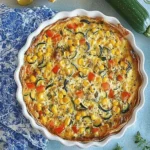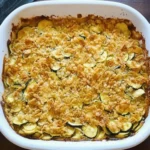Rakhi Peda is a traditional Indian sweet that brings warmth, nostalgia, and celebration to the table. Commonly prepared during festivals like Raksha Bandhan, this soft and milky dessert is infused with aromatic cardamom and sometimes garnished with chopped nuts for extra delight. These bite-sized sweets melt in the mouth and are a symbol of love and festivity. With a short list of ingredients and minimal cooking, Rakhi Pedas are perfect for sharing with loved ones during this auspicious occasion.
FULL RECIPE
Ingredients
- 1½ cups full-fat milk powder
- ½ cup sweetened condensed milk
- ¼ cup milk
- 2 tablespoons ghee (clarified butter)
- ¼ teaspoon ground cardamom (elaichi)
- 1 tablespoon finely chopped pistachios (for garnish)
- 1 tablespoon finely chopped almonds (for garnish)
- A pinch of saffron strands (optional)
Directions
- In a non-stick pan over low heat, add ghee and let it melt completely.
- Pour in the milk and condensed milk, and stir until well combined.
- Gradually add the milk powder while continuously stirring to prevent lumps.
- Cook the mixture on low heat, stirring constantly until it thickens and forms a soft dough-like consistency. This takes about 8–10 minutes.
- Add cardamom powder and saffron strands (if using), and mix thoroughly.
- Once the mixture leaves the sides of the pan and forms a smooth mass, remove from heat.
- Let it cool slightly until it is warm but safe to handle.
- Grease your palms lightly with ghee and divide the mixture into equal portions.
- Roll each portion into a smooth ball, then flatten slightly to shape into pedas.
- Garnish each peda with chopped pistachios and almonds by pressing them gently on top.
- Allow the pedas to cool completely and set at room temperature for 1–2 hours before serving.
Nutrition Facts
- Calories: 110
- Total Fat: 5g
- Saturated Fat: 3g
- Cholesterol: 12mg
- Sodium: 20mg
- Total Carbohydrates: 14g
- Dietary Fiber: 0g
- Sugars: 11g
- Protein: 3g
- Calcium: 8% of Daily Value
- Iron: 1% of Daily Value
Nutritional Value and Health Insights
Although peda is a sweet treat, it also offers some nutritional benefits when consumed in moderation. The main ingredients—milk powder, condensed milk, and nuts—are all rich in protein and calcium, supporting bone health and muscle function. Cardamom, a key flavoring agent, adds antioxidants and aids digestion. While pedas do contain sugar and fat, the portion size is small, making it a manageable indulgence for most people. Using ghee instead of processed fats ensures a healthier fat profile. Additionally, the nuts sprinkled on top offer healthy fats and micronutrients such as magnesium and vitamin E, making each bite not only delicious but also slightly nourishing.
Flavor Profile and Texture
The Rakhi Peda is celebrated for its melt-in-the-mouth texture and rich, creamy flavor. Its base of milk and condensed milk creates a soft, fudgy consistency that contrasts beautifully with the slight crunch of chopped pistachios or almonds. Cardamom gives the peda its signature aromatic finish, which is both comforting and mildly spicy. Optional additions like saffron add subtle floral undertones and a luxurious golden hue. The balance between sweetness, richness, and spice makes this sweet uniquely satisfying and perfect for festive consumption. The texture, which is neither too dry nor overly sticky, is especially appealing to children and elders alike.
Popular Variations of Peda
While the classic Rakhi Peda uses milk powder and condensed milk, there are many beloved variations across India. Some regions prefer khoya-based peda, which is made from slow-cooked milk solids for a more traditional flavor. Chocolate peda is popular among younger audiences and adds a modern twist with cocoa powder or melted chocolate. Rose or saffron-infused pedas are elegant options for festive platters. Additionally, some recipes incorporate jaggery instead of refined sugar for a more earthy, rustic sweetness. Vegan versions using plant-based milk powders and oils are also becoming increasingly popular for those with dietary restrictions.
Pairing Suggestions for Serving
Rakhi Peda pairs wonderfully with both traditional and modern accompaniments. A cup of masala chai or saffron milk enhances the flavors of cardamom and complements the richness of the sweet. It can also be served alongside savory snacks like samosas or mathri to balance the palate during festive thalis. For a more elaborate dessert experience, pedas can be paired with fresh fruits like mango slices or used as a garnish on kheer or phirni. During Raksha Bandhan celebrations, presenting pedas on a decorative thali with other sweets and dry fruits makes for an elegant and heartwarming gesture.
Presentation and Garnishing Tips
Presentation plays a key role in elevating the visual appeal of Rakhi Peda. Rolling the pedas evenly and pressing chopped nuts or edible silver foil (varak) on top adds a touch of sophistication. Some even mold the pedas using decorative stamps or silicone molds to create floral or festive shapes. Arranging them on a decorative tray lined with parchment paper or banana leaves enhances their traditional charm. Sprinkling crushed rose petals or a pinch of saffron threads can make the peda platter look regal and inviting. These visual touches not only enhance the appeal but also make the sweets more festive for gift-giving.
Storage and Shelf Life Guidance
Proper storage ensures that Rakhi Pedas retain their taste and texture. Once cooled completely, they should be stored in an airtight container at room temperature for up to 3 days. In humid climates, it’s advisable to refrigerate them to prevent spoilage, which extends their shelf life to about a week. When refrigerated, the pedas should be brought to room temperature before serving to restore their softness. Avoid stacking them too tightly to maintain their shape and prevent sticking. For gifting purposes, storing them in paper liners or cupcake wrappers keeps them neat and fresh-looking.
Making the Recipe Healthier
For those looking to enjoy Rakhi Peda with fewer calories or dietary adjustments, several substitutions can be made. Replacing regular condensed milk with low-fat or homemade versions helps reduce sugar and fat content. Using jaggery or coconut sugar instead of refined sugar provides a more wholesome sweetness with added minerals. Skimmed or plant-based milk powders can be used for a lower-fat or vegan-friendly version. Adding ground flaxseeds or chia seeds subtly boosts fiber content without altering taste. These tweaks make the peda more inclusive for health-conscious individuals while maintaining its essence and flavor.
Perfect Occasions Beyond Raksha Bandhan
While Rakhi is the prime occasion for making pedas, this delightful sweet suits many other celebrations. It’s often served during Diwali, Janmashtami, and Ganesh Chaturthi as a simple yet satisfying offering. Pedas also make great treats for birthdays, housewarmings, or as a quick dessert after family meals. They are commonly used as prasad (devotional offering) in temples and religious ceremonies due to their purity and minimal ingredients. Their long shelf life and compact shape also make them ideal for festive gifting or taking on travel during pilgrimages or family visits.
Kids and Family Involvement in Preparation
Making Rakhi Peda can be a fun, interactive activity for the entire family. Children can help shape the pedas, decorate them with nuts, or place them in paper cups for presentation. It’s a great way to introduce them to traditional Indian sweets and teach basic kitchen skills. Grandparents often enjoy sharing family variations or stories behind the recipe, creating beautiful intergenerational bonding moments. Engaging the whole family in the preparation adds emotional value to the sweet, turning it into a memory-making tradition rather than just a festive dessert.
Conclusion
Rakhi Peda is more than just a sweet; it’s a heartfelt expression of love, tradition, and togetherness. Its simple ingredients, quick preparation, and rich flavor make it a favorite choice for festive occasions like Raksha Bandhan. From cultural significance to nutritional value and creative variations, peda embodies the warmth of Indian celebrations in every bite.

